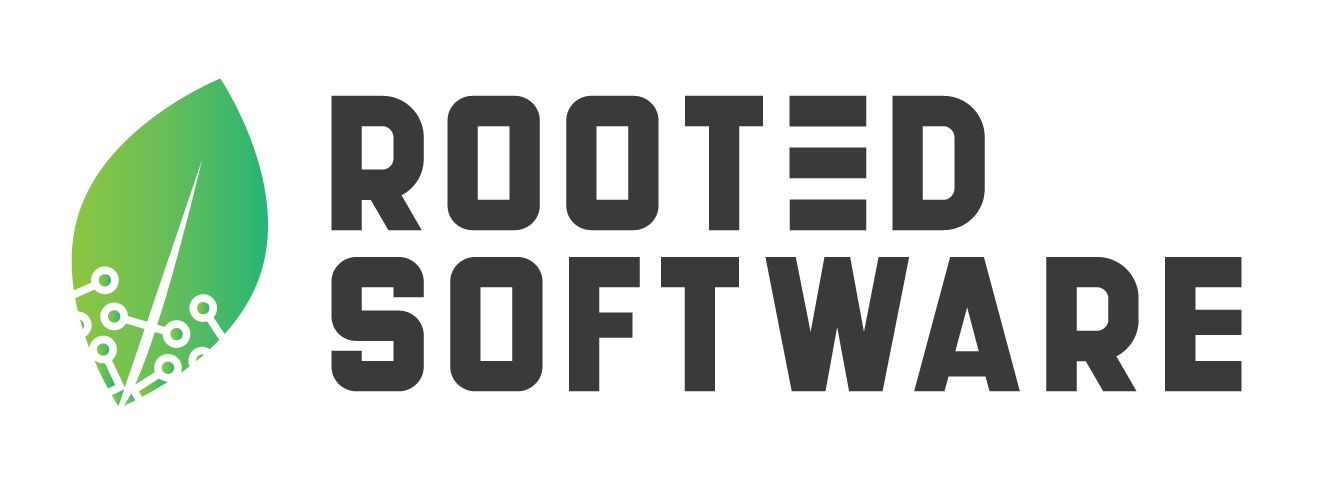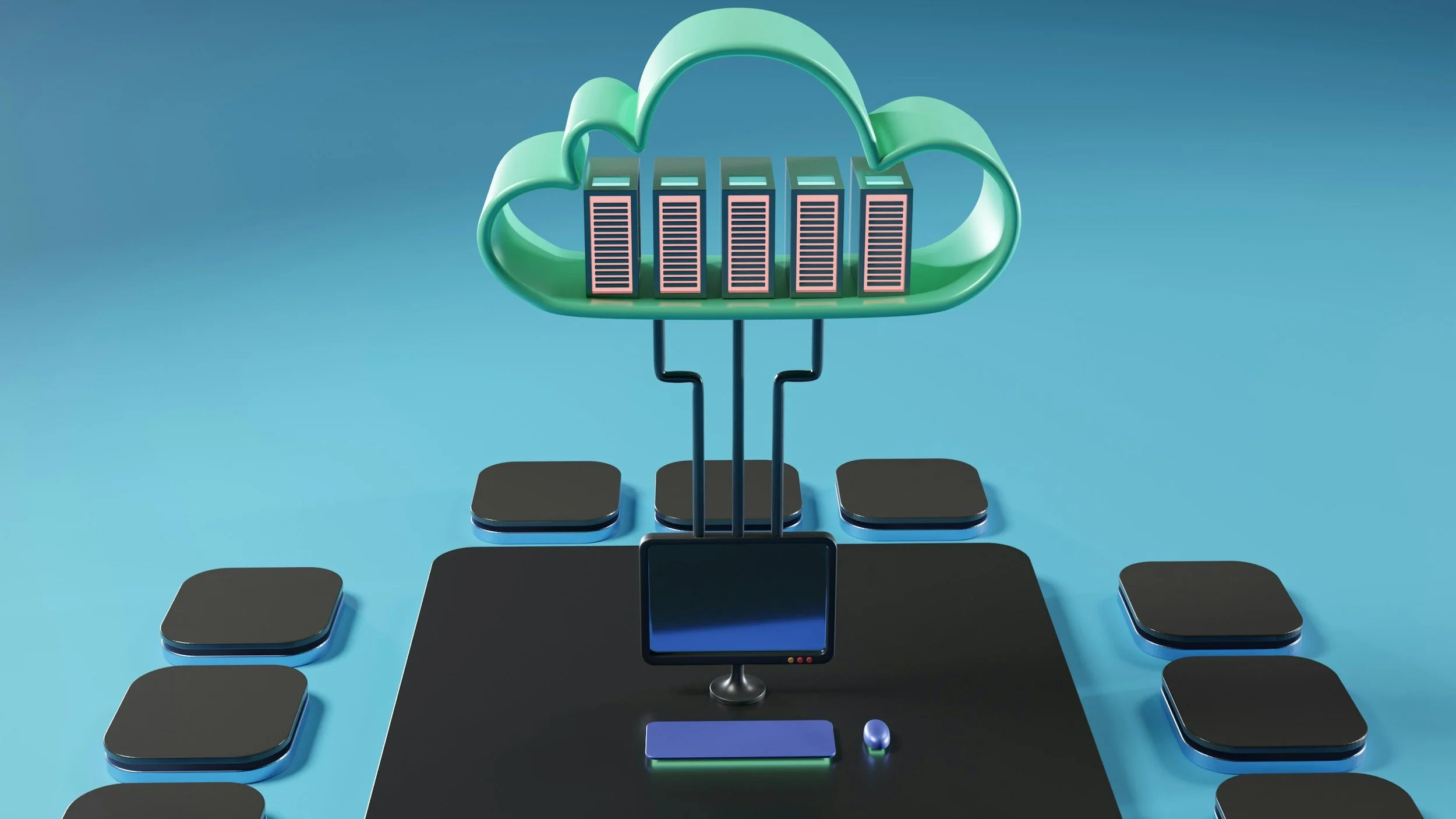On-Premise to Cloud Migration—A Step-by-Step Guide
If your business is still running on aging on-premises servers, now might be the perfect time to consider moving to the cloud. Many companies—nonprofits, ministries, and small businesses alike—are realizing that their current systems are holding them back. Old hardware becomes expensive to maintain, and local infrastructure limits how teams can grow and work remotely.
In this step-by-step guide, we’ll walk you through what an on-premises to cloud migration looks like, why it matters, and how to do it smoothly. Whether you’re just starting or already planning a migration strategy, this guide is here to help.
What Is On-Premises to Cloud Migration?
Let’s start with the basics:
On-premise (or "on-prem") infrastructure refers to the servers and equipment you manage onsite—usually in a closet, back room, or local data center. Everything from your software to your data is stored and maintained in-house.
The cloud refers to servers that are managed by providers like Microsoft Azure, Amazon Web Services (AWS), or Google Cloud. These services are hosted online and available anywhere you have an internet connection.
When you migrate from on-prem to the cloud, you’re moving data and applications from local servers to cloud-based systems. This is called a "lift and shift" if you move things as-is without redesigning them. Other options include re-platforming or refactoring to take better advantage of cloud-native features.
Why Businesses Are Moving to the Cloud
Several strong reasons exist why organizations are choosing the cloud:
Cost Efficiency: Cloud computing helps reduce large upfront hardware costs (CapEx) and shifts spending to a flexible monthly model (OpEx) so you only pay for what you use
Scalability: If you need more power or storage, the cloud grows with you—instantly
Global Access: Your team can access systems from anywhere, whether they're at home, in the office, or in the field
Competitive Edge: Staying current with cloud technology lets you move faster and serve customers better.
These are just some of the benefits of migrating to cloud-based systems. For many teams, it’s a no-brainer once they compare the risks of aging on-prem infrastructure with the agility of cloud solutions.
Step-by-Step Migration Process
Migrating from on-premises to the cloud doesn’t have to feel overwhelming. While every organization is different, most migration projects follow a similar path—from assessing your current systems to optimizing your setup after the move. Taking the time to plan each step helps avoid costly mistakes and ensures a smoother, more secure transition. Below is a practical, step-by-step guide to help you navigate the cloud migration process with confidence.
1. Assess Current Infrastructure
Start by understanding what you already have. List your current systems, applications, and servers. Note what’s outdated and needs to be archived as historical data, what’s mission-critical and in use daily and by which teams, and what could be retired or is no longer needed.
This is also the time to identify any technical risks, such as unsupported software or performance issues, that could affect your migration planning.
2. Set Migration Goals & Key Performance Indicators (KPIs)
What do you want to achieve with this move? Common goals include:
Improving performance
Cutting costs
Enabling remote access
Enhancing data security
Set KPIs to measure your success. These might include reduced downtime, faster app performance, or better customer satisfaction scores.
3. Choose the Right Cloud Service
Not all cloud options are the same. The three main types of cloud migration are:
IaaS (Infrastructure as a Service): You rent virtual machines and storage but manage the rest.
PaaS (Platform as a Service): You get a ready-made platform for building and hosting apps
SaaS (Software as a Service): Apps like Microsoft 365 or Salesforce that run fully in the cloud
Your choice will depend on how much control you need and what you’re moving. Consider cloud-native options for newer applications that need to scale quickly.
4. Plan the Project
Choose your migration approach:
Lift and shift: Move apps as they are
Re-platform: Make minor updates to fit better in the cloud
Refactor: Redesign apps to take full advantage of cloud-native features
Create a timeline, identify key stakeholders, and then assign roles, and test and retest everything in a safe environment or a sandbox before flipping the switch. Start small—migrate one service or app first before moving the rest.
5. Execute & Validate
When it’s time to move:
Backup everything.
Ensure data security measures are in place—encrypt sensitive data, limit access, and double-check compliance with standards like HIPAA or CIS.
Perform a phased cut-over if needed. For example, migrate certain teams or locations first.
Test, test, test—make sure your systems are running smoothly before turning off the old ones. This is also known as a quality assurance phase.
6. Post-Migration Optimization
Once you're in the cloud, the job isn’t over:
Fine-tune your setup for speed and cost efficiency
Set up alerts and dashboards to monitor performance
Automate tasks where you can save time
Regularly review usage to avoid wasteful spending
This post-migration phase is key to long-term success.
Data Security & Compliance Considerations
Moving to the cloud introduces new responsibilities. While cloud providers offer strong protection, security is a shared responsibility—you must still control who accesses your data.
Make sure:
All sensitive data is encrypted
Access is controlled with secure logins, MFAs, or 2FA
Apps comply with regulations like HIPAA or CIS
Securing your applications and data should be part of both the migration and post-migration process.
Cost Efficiency & ROI Analysis
One of the top reasons for migrating to the cloud is better cost control.
Instead of spending big on hardware every few years, cloud services let you pay monthly based on usage. You can scale up or down as needed—no wasted resources.
Cloud computing also helps your team work more efficiently. Track your return on investment (ROI) by measuring things like reduced downtime, faster deployments, and lower maintenance costs.
Hybrid Clouds & Cloud-Native Modernization
Not ready to give up your entire data center? Hybrid clouds let you keep some systems on-prem while moving others to the cloud. It’s a flexible option, especially for teams with legacy systems.
Eventually, you may want to rebuild some apps using cloud-native tools like containers or microservices. This lets you innovate faster—but it’s okay to take that step later when you’re ready.
Common Challenges & How to Avoid Them
Even the best plans can hit roadblocks. Here are a few to watch for:
Vendor lock-in: Avoid becoming too dependent on one provider by keeping backups and using open standards.
Ballooning costs: Set usage alerts and monitor monthly bills.
Skills gaps: Train your team or partner with experts.
Performance issues after migration: Use tools to monitor speed and fix bottlenecks quickly.
Knowing these risks keeps your migration projects on track.
Conclusion & Next Steps
Moving from on-premise to the cloud is more than a tech upgrade—it’s a strategic shift that can unlock real value for your organization. From increased flexibility and improved data security to long-term cost efficiency, the benefits of migrating to the cloud are clear. With the right planning, the right team, and a step-by-step approach, you can avoid common pitfalls and make the most of what cloud computing has to offer.
Whether you’re just beginning to assess your current systems or ready to start a full migration project, Rooted Software is here to help. We’ve worked with churches, ministries, nonprofits, and small businesses to create tailored cloud strategies that meet both current needs and future goals.
If you’d like support evaluating your premise infrastructure, selecting the right cloud services, or navigating your cloud migration process, our experienced migration service team is ready to partner with you.
We offer Managed IT services in the East Bay Area, CA, and Managed IT services in Colorado Springs, CO, with a remote team supporting clients nationwide.
Contact Rooted Software to get started—we’re here to walk with you every step of the way.
We offer Managed IT services in East Bay Area, CA, and Managed IT services in Colorado Springs, CO, with a remote team supporting clients nationwide.
Contact Rooted Software to get started—we’re here to walk with you every step of the way.
FAQs
1. What is the difference between on-premise and cloud infrastructure?
On-premise infrastructure involves managing physical servers and systems locally—usually within your office or a private data center. Cloud infrastructure uses virtual servers managed by providers like AWS or Azure, offering scalable access via the internet without maintaining hardware yourself.
2. How long does an on-premise to cloud migration typically take?
It depends on your organization’s size, complexity, and migration strategy. A simple lift-and-shift migration might take a few weeks, while re-platforming or refactoring projects can take several months. Starting with a phased approach helps reduce downtime and risk.
3. What are the biggest risks during cloud migration?
Common risks include data loss, compliance violations, cost overruns, and downtime. You can minimize these by performing thorough pre-migration assessments, using sandbox testing environments, and working with experienced IT partners.
4. How can I ensure data security during and after migration?
Use encrypted backups, secure access controls (like MFA), and cloud provider tools that comply with industry regulations (e.g., HIPAA, CIS). Post-migration, continue monitoring and auditing your environment to maintain strong security.
5. Will migrating to the cloud save my organization money?
Most organizations experience cost savings by eliminating hardware purchases and maintenance. Cloud billing is based on usage, which allows better cost control. You can also reduce labor, improve efficiency, and track ROI with performance monitoring tools.
6. Do I need to move everything to the cloud at once?
No. Many organizations use a hybrid approach—keeping some systems on-prem while migrating others. You can also start with one low-risk application and expand gradually as your team gains confidence.


